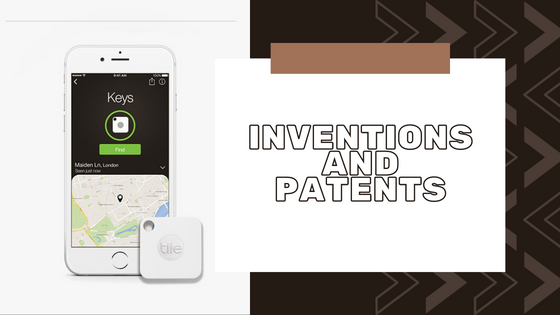A patent is a form of legal protection granted to inventors that gives them the right to exclude others from making, using, or selling the invention for a certain period of time. This right is granted by the government and is an incentive for innovators to create new products and inventions.
Types of Patents
Patents can be broken down into three main categories: utility patents, design patents, and plant patents. Utility patents are the most common and are granted to any new and useful process, machine, article of manufacture, or composition of matter.
How to Obtain a Patent
In order to obtain a patent, an inventor must first file a patent application with the U.S. Patent and Trademark Office. This application must include a full description of the invention and must be supported by evidence that the invention is new and useful. The patent office will then review the application and decide whether or not to grant the patent. As you can read from this article –https://www.aol.com/inventhelp-review-best-invention-company-120000761.html , there are patent agencies, like InventHelp, that could help in the process.
Duration of Patents
The duration of a patent depends on the type of patent, but typically lasts for 20 years from the date the patent is filed. This allows inventors to benefit from their inventions for the duration of the patent.

Benefits of Patents
Patents provide many benefits to inventors, including:
- The ability to exclude others from making, using, or selling the invention
- The ability to license the invention to others and generate income
- The ability to use the patent as collateral for loans
By understanding what patents are and how to obtain them, inventors can protect their inventions and reap the benefits that come with having a patent.
How Can A Patent Agency Help?
Patent agencies, like InventHelp, can help inventors navigate the patent process and get a patent. They have experience with the patent office, which means they know what information to include in your application and how best to present that information as explained on https://www.intouchweekly.com/posts/inventhelp-how-to-decide-if-this-is-the-right-invention-company-for-your-idea/.
Conclusion
The patent application process can be confusing, but it doesn’t have to be. By knowing what a patent is and the benefits of having one, inventors can make better decisions when it comes to their inventions and how they want to protect them. They also have more control over their ideas because they know that no one else can make use of them without permission from the inventor.